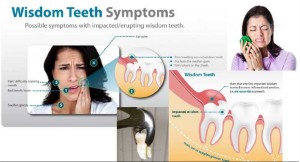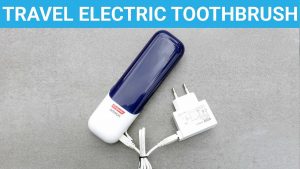Latest Posts
10 Best Baby Toothbrush
Parents need to buy baby toothbrushes to maintain their babies’ oral hygiene, especially when they…
5 Best Electric Toothbrush for Braces
Cleaning your teeth properly can be difficult if you have braces. Traditional toothbrushes often struggle…
7 Best Electric Toothbrush for Receding Gums
When facing gum recession, using an electric toothbrush can be very beneficial in reducing further…
Brushing Teeth After Wisdom Teeth Growth or Removal
Wisdom teeth begin to form between the ages of 17 and 25. Adults typically have…
Best Way to Store a Toothbrush
Brushing your teeth is an essential part of your daily life. Brushing your teeth makes…
10 Best Travel Electric Toothbrush
If you are a frequent traveler, you may have experienced the inconvenience of using a…





